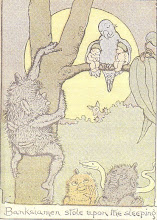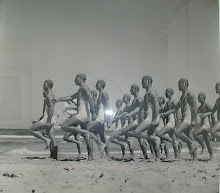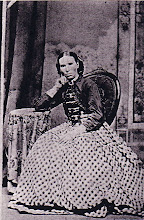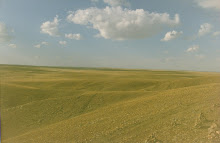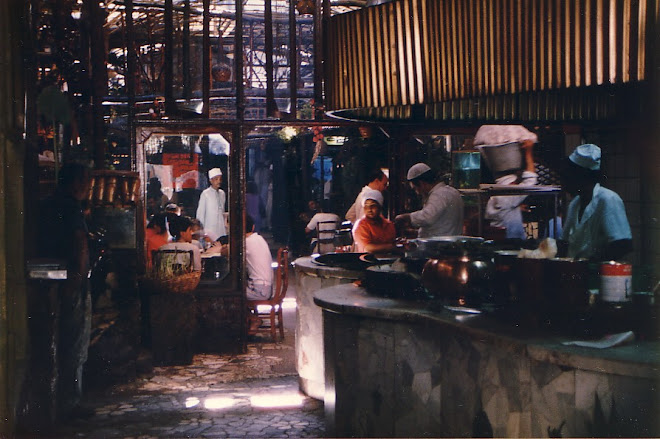A Real Cracker of a Story!!!
 Prince Felix Yusupov and his wife, Princess Irina Alexandrovna, 1913
Prince Felix Yusupov and his wife, Princess Irina Alexandrovna, 1913It's pretty rare that you have a first hand account of such a momentous (and usually private) event as the murder of Grigori Rasputin in 1916.
 Grigori Rasputin
Grigori RasputinIt has always been well-known that Prince Felix Yusupov (married to Princess Irina Alexandrovna, niece of Tsar Nicholas II) and Grand Duke Dmitri Pavlovitch Romanov (a second cousin of the Tsar) were directly involved in the assassination.
 Grand Duke Dmitri Pavlovitch Romanov
Grand Duke Dmitri Pavlovitch Romanov Grand Duke Dmitri Pavlovitch Romanov, his wife, American heiress,
Grand Duke Dmitri Pavlovitch Romanov, his wife, American heiress,
Audrey Emery and their son PaulWhat is considerably less well-known is that both the Prince and the Grand Duke were gay ... and there is
much speculation about a supposed relationship between them.
Prince Felix made no secret of being gay, speaking quite candidly for example about wearing women's clothing in his autobiography '
Lost Splendor'. But for the usual dynastic reasons of the period, he married and produced heirs.
Grand Duke Dmitri was far more circumspect about his sexuality. He was bisexual and had affairs with many women, including the famed Russian ballerina and early film actress Vera Karalli.
 Vera Karalli
Vera Karalli Vera Karalli
Vera KaralliFollowing Rasputin's death, Prince Felix was under virtual house arrest on the family estate outside St Petersburg. After WW I, he left Russia, finally settling in Paris in 1920.
To void arrest, Grand Duke Dmitri was sent to the Persian front (didn't know there was one!) and so became one of the few Romanovs survive the Russian Revolution.
The Prince and the Grand Duke met up in London in 1919, but fell out over Felix's open boasting of his part in the killing of the mad monk. And because open association with the Prince might damage the Grand Duke's claim to the throne in any restoration of the monarchy.
After working as a champagne salesman in Paris (no cab driving jobs I guess), the Grand Duke married American heiress Audrey Emery in 1927 and their son, HSH Prince Paul Romanovsky-Ilyinsky, later became Mayor of Palm Beach, Florida.
Hear of any sightings Alan?
But there's more.
In 1967, Prince Felix and his wife gave an interview to French television. It was in the promotion of a new film on the events of 16/17 December 1916 -
'J'ai tué Raspoutine' ('I Killed Rasputin') - a film which the couple say is the first true account of the events which took place.
A story with everything but the kitchen sink thrown in!
The interview is in French but a version with English subtitles can be seen on
You Tube.










































![C18 Bronze Buddha [Southern China]](http://4.bp.blogspot.com/-pg5AYBcdb0k/VY-W9bzdjcI/AAAAAAAAE4U/pxWiGKSBIls/s1600/Buddha%2B%255BBronze%252C%2BC18%252C%2BChina%255D%2B1.jpg)




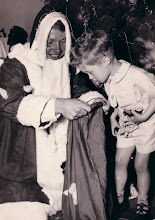






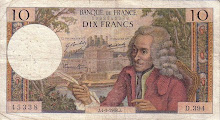
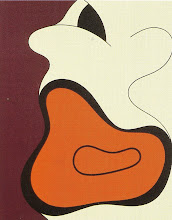+1998+Cropped.jpg)
